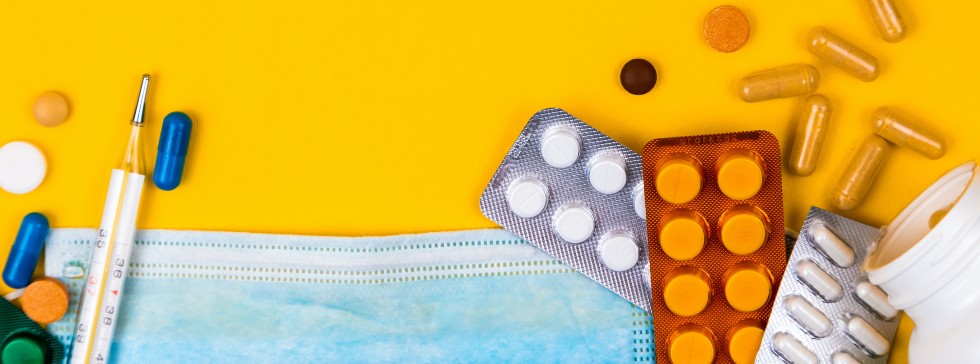
some rules about
Medicines on board
What medicines can I take on board?
Regarding the transport of drugs by plane, the reference standard is the EC Regulation n. 185/2010 published in the Official Journal of the European Union L 55 / I of 5 March 2010, for which those used during the entire duration of the trip (intended as an outward flight, the entire stay, and the return flight), or certain foods prescribed for a special dietary regime (for example baby food) are allowed. These are regulatory rules dictated to standardize, as much as possible, the national laws of the Member States, in this case those of the European Community.
To find out exactly which and how many medicines are allowed in hand luggage, it is always advisable to consult the website of the airline you will travel with to verify that this does not apply particular conditions. This information is usually found in the “Baggage” section or in the Frequently Asked Questions (FAQ). Visit our page baggage information for airline contacts.
How should I transport them?
Medicines can be carried on board in compliance with the legislation on liquids (consult the legislation on liquids) .
It is allowed to carry medicines in hand luggage (recommended for those usually taken), respecting the quantities indicated by the legislation on liquids, or in the hold luggage. Some medicines cannot be placed in the checked baggage because the low temperatures in the hold could compromise their effectiveness, one of these is insulin.
It is highly recommended to transport medicines in their original packaging: as it makes them more easily recognizable and avoids further checks at security checks. Also bring the package leaflet, to prove the content and use, and in the case of particular drugs or high dosages or travel outside the EU, the medical prescription in English certifying the actual need for the drug and the dosage. medical must be recent (issued no more than 30 days ago) and must include: the date of issue, patient data, doctor’s data, professional qualification, professional address and signature, drug data: common name, quantity, concentration and dosage. All liquids, including medicines, must be placed inside a resealable transparent bag. Tablets and other non-liquid medicines, on the other hand, do not necessarily have to be placed in a transparent container, but it is advisable to put them all inside the same container and keep it handy if you are asked to show them at security checks.
In what quantities?
How many drugs you can take on board There is no law that imposes an absolute maximum quantity, however the regulations allow the transport of medicines only for personal use. Bring with you the necessary medicines in sufficient quantity for the entire duration of the trip and a few extra days to cope with any delays in returning due to strikes, bad weather, flight cancellations or other causes. For the medicines you take as a precaution, follow a rule of common sense. Depending on your travel destination, you may have problems if you carry too much medication.
Diabetic passenger
If you have a diabetic passenger on insulin treatment, please contact your airline prior to travel.
In the case of a diabetic patient, the insulin pump for continuous insulin infusion and other diagnostic tools for blood glucose measurement such as the glucometer or the glycemic sensor are also peacefully equated to drugs.
You must carry the pre-loaded insulin pens in a transparent plastic bag (as for other liquids that can be transported in the cabin) and always carry the medical certificate and / or prescription of the drug, accompanied by its package leaflet (“leaflet” ).
It is important that the certificate and the medical prescription – which must have been drawn up no earlier than 30 days before the start of the trip – are also translated into English; they must obviously be nominal (i.e. clearly indicate the patient’s data), and above all report the pathology and certify the need to use the drugs for the entire duration of the trip, in addition to the methods of taking and administering the drug (for strictly personal use ).
Similarly, it is preferable that all the medical aids necessary for the correct therapy of diabetes be included in the medical certificate (in addition to insulins and glucagon, needles for pre-loaded pens, finger lancing needles, insulin pump and glycemic sensors, with the respective spare kits.
